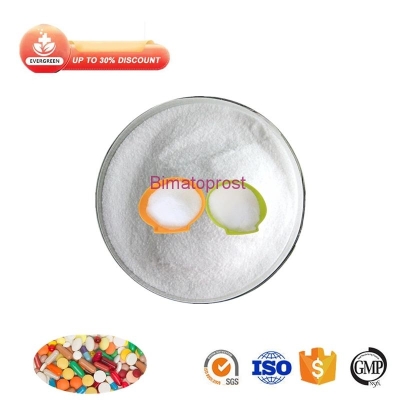-
Categories
-
Pharmaceutical Intermediates
-
Active Pharmaceutical Ingredients
-
Food Additives
- Industrial Coatings
- Agrochemicals
- Dyes and Pigments
- Surfactant
- Flavors and Fragrances
- Chemical Reagents
- Catalyst and Auxiliary
- Natural Products
- Inorganic Chemistry
-
Organic Chemistry
-
Biochemical Engineering
- Analytical Chemistry
- Cosmetic Ingredient
-
Pharmaceutical Intermediates
Promotion
ECHEMI Mall
Wholesale
Weekly Price
Exhibition
News
-
Trade Service
Type 2 diabetes (T2D), which accounts for 90-95% of all diabetes cases, is a complex metabolic disorder characterized by insufficient insulin secretion and hyperglycemia caused by insulin resistance (IR)
The global prevalence of T2D is estimated to increase from 171 million in 2000 to 366 million in 2030, which will have a devastating impact on overall health
Epidemiological and clinical trial evidence suggests that diet plays an important role in preventing or developing T2D
This article aimed to assess the association and dose-response relationship between T2D and PUFA intake
This study also performed subgroup analyses regarding gender, geographic location, duration of follow-up, and PUFA classification to further explore the association between PUFA intake and incidence of T2D in adults
The study ultimately included 25 articles, including 54,000 patients
1.
Heterogeneity test showed I2 = 68.
Based on gender subgroups, total PUFA intake increased the incidence of T2D in women (I 2 = 77.
2 P 2 P
When geography was involved, total PUFA intake was comparable to Europe (I 2 = 54.
2 P 2 P 2 P
Subgroup analysis based on duration of follow-up showed no association between total PUFA intake and T2D when follow-up duration was <10 years (I = 38.
2 P 2 P
Subgroup analysis based on PUFA type indicated that omega-3 PUFAs (I 2 = 69.
2 P 2 P 2 P 2 P 2 P 2 P
However, a lower incidence of T2D was observed with LA intake (I 2 = 40.
2P _
2.
P nonlinearity 2 P nonlinearity remains close to uncorrelated (Fig.
Taken together, this study found a non-linear dose-response relationship between omega-3 PUFA and DHA intake and T2D incidence
Taken together, this study found a non-linear dose-response relationship between omega-3 PUFA and DHA intake and T2D incidence
.
Furthermore, subgroup analyses showed that total PUFA intake was associated with increased incidence of T2D in Europe and Australia, and decreased incidence in Asia
.
In terms of PUFA types, DHA intake was associated with increased incidence of T2D, whereas LA was associated with decreased incidence of T2D
.
Furthermore, total PUFA intake increased the incidence of T2D in women and decreased the incidence of T2D in men
.
However, there was no linear relationship between PUFA intake and T2D incidence
.
Total intake of PUFAs was associated with increased incidence of T2D in Europe and Australia, and decreased incidence in Asia
.
In terms of PUFA types, DHA intake was associated with increased incidence of T2D, whereas LA was associated with decreased incidence of T2D
.
Furthermore, total PUFA intake increased the incidence of T2D in women and decreased the incidence of T2D in men
.
However, there was no linear relationship between PUFA intake and T2D incidence
.
However, potential limitations of this study should also be considered
.
Heterogeneity and potential publication bias may have influenced the results of this meta-analysis
.
The extent to which PUFAs from different sources affect T2D development remains unknown
.
In the present study, it is unclear whether the source of PUFA intake was food or supplement, and the relationship between the source of PUFA and T2D needs to be elucidated in the future
.
.
Heterogeneity and potential publication bias may have influenced the results of this meta-analysis
.
The extent to which PUFAs from different sources affect T2D development remains unknown
.
In the present study, it is unclear whether the source of PUFA intake was food or supplement, and the relationship between the source of PUFA and T2D needs to be elucidated in the future
.
Original source:
Hu M, et al.
Polyunsaturated fatty acid intake and incidence of type 2 diabetes in adults: a dose response meta-analysis of cohort studies.
Diabetol Metab Syndr .
2022;14(1):34.
Published 2022 Mar 3.
doi:10.
1186 /s13098-022-00804-1
Polyunsaturated fatty acid intake and incidence of type 2 diabetes in adults: a dose response meta-analysis of cohort studies.
Diabetol Metab Syndr .
2022;14(1):34.
Published 2022 Mar 3.
doi:10.
1186 /s13098-022-00804-1
Leave a message here







